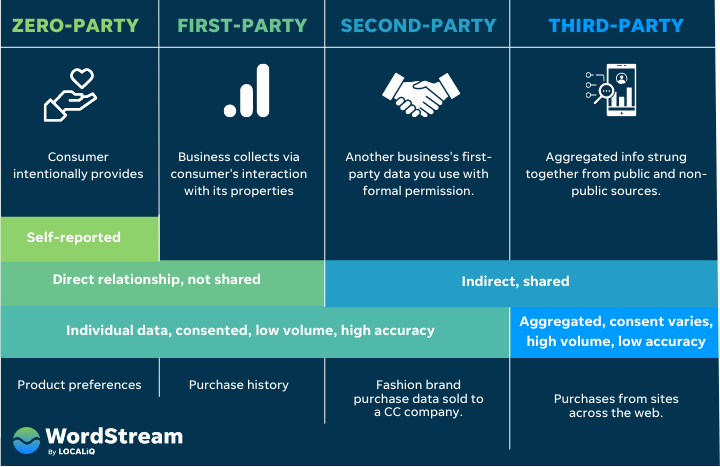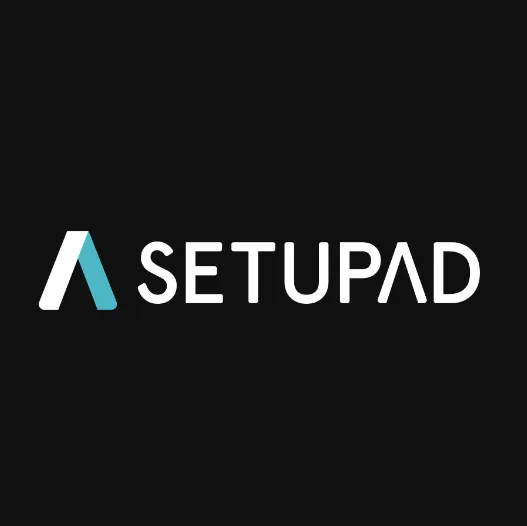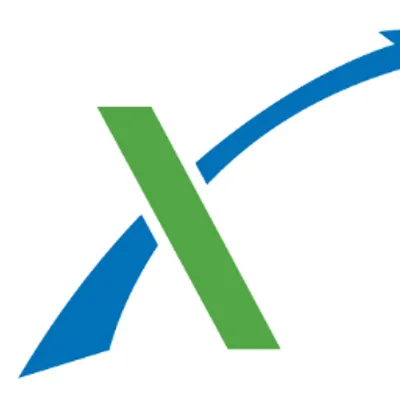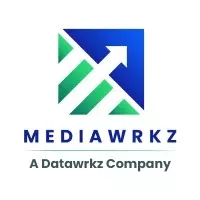The Best First Party Data Platforms for Publishers
Publishers are continually looking for new methods to make income and provide a better customer experience. First-party data platforms are among the most effective strategies for attaining both goals. Publishers may use these platforms to collect and analyze data on their audience to understand behaviour, preferences, and interests. Here, we'll look at some of the best first-party data platforms for publishers in 2024!
First-party data is information gathered directly from the audience of a publisher. This can contain user behaviour, purchasing history, and demographics. First-party data platforms assist publishers in gathering, analyzing, and managing data. These platforms take many forms, ranging from simple data-gathering tools to complex data management systems. Publishers may acquire significant insights into their audience and utilize this knowledge to develop more focused and effective advertising campaigns. The global market value of First Party Data Platforms can reach $15 billion to $20 billion by the end of 2024 with a growth rate (CAGR) of around 15-20%.

Unisignin is a comprehensive first-party data platform with a declarative data collection form builder to help publishers collect, activate and segment audience data through personalized, real-time interactions to drive incremental conversions.
OpenX, in partnership with Permutive, empowers buyers and sellers to engage global audiences without relying on third-party cookies or device IDs, to ensure the safety and security of user data.Buyers have the option to select from over 200 standardized behavioral cohorts, assessed in real-time, spanning categories such as real estate, travel, automotive, pets, fashion, and beauty.
1plusx’s flexible first party data management solutions are designed to tackle present data challenges and navigate the cookieless future, to optimize your digital revenue by leveraging smarter predictions to better engage existing audiences and discover new ones. By building custom audience-based campaigns from unique user behavior and interest insights, 1plusx enhances and expands your data in real-time to segment and connect with your audiences in no time.
How to Choose The Best First-Party Data Platforms for Publishers?
When choosing a first-party data platform, there are several key factors to consider:
- Data Collection: Look for a platform that makes it easy to collect data from various sources, including your website, mobile app, and social media channels.
- Data Management: The platform should provide tools for organizing and analyzing your data, as well as for creating audience segments and targeting specific user groups.
- Privacy and Security: With data privacy concerns on the rise, it's important to choose a platform that takes user privacy seriously and provides strong security measures to protect your data.
- Integration: Look for a platform that integrates with your existing ad tech stack and other marketing tools, making it easy to share data across your organization.
- Ease of Use: Finally, choose a platform that is user-friendly and easy to navigate, with clear and intuitive reporting tools that help you make sense of your data.
For publishers, there are several benefits to adopting a first-party data platform. Publishers may obtain significant insights into user behavior and preferences by collecting and analyzing data about their audience, enabling them to design more focused and successful advertising campaigns. First-party data also gives publishers more control over their audience data, decreasing the need to rely on third-party data sources that may be more accurate and effective. First-party data may be used to enhance other parts of a publisher's business, such as content planning and product development, in addition to advertising. Publishers may generate content that connects more powerfully with their readers and build products that better fit their requirements if they better understand their audience.
First Party Data Platforms FAQs
Our Editors’ Pick:
Browse these amazing publisher monetization tools handpicked by our team of editors











